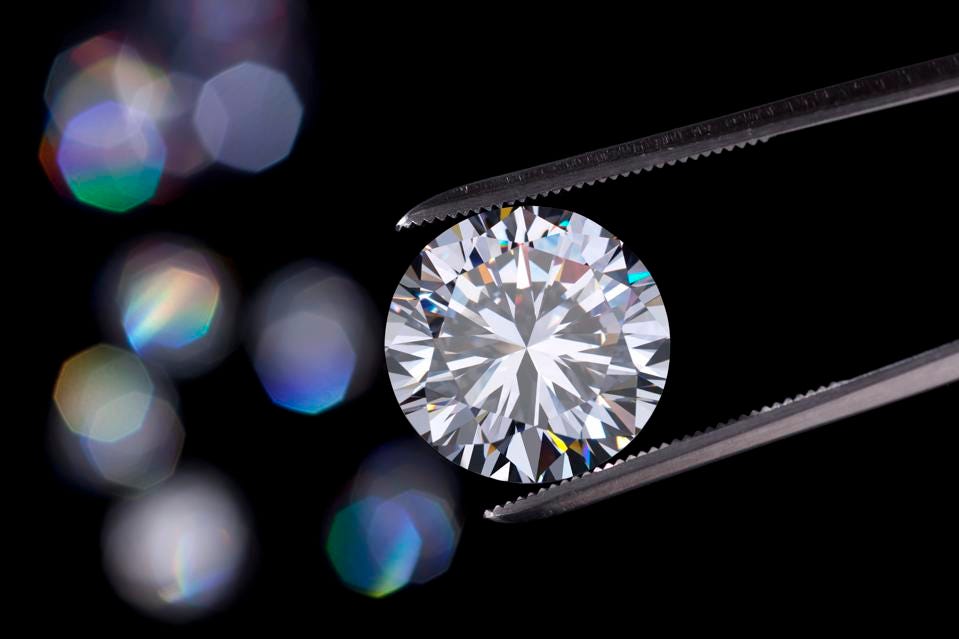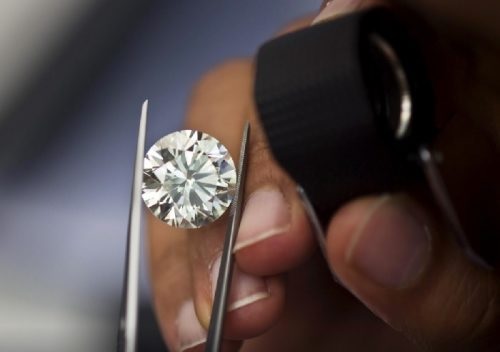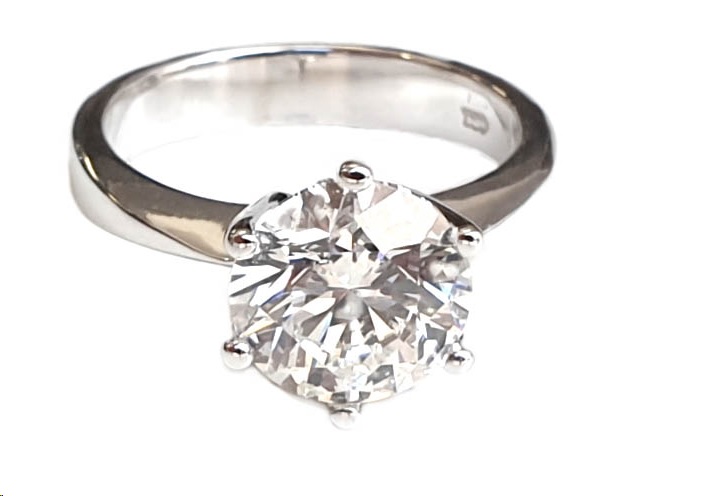It is very important to get the ORIGINAL diamond grading report. Summaries or photocopies are not sufficient, and will not protect you if there is a problem later.
Why do only round brilliant cut diamonds get a proportion grade ?
Why do only round brilliant cut diamonds get a proportion grade ?
Well that’s because only round brilliant cut diamonds will have a proportion grade as it is the only diamond shape with scientifically determined parameters.
All other diamond shapes do not have a proportion grade as there are no set parameters, and therefore no standard, to compare different diamonds against.
Is it easy to read colour, clarity, carat weight and shape on a diamond grading report?
On the diamond certificate, or diamond grading report, you must look at the proportion grade, polish grade, and symmetry grade.
These three grades together determine the overall make of a diamond, and are each respectively graded as either: Excellent, Very Good, Good, Medium or Poor.
The characteristics section of a Diamond Grading Report will tell you if there are any extra facets, naturals or holes in the diamond.
How do slight differences in the 4C’s affect a diamond’s value?
The nature of diamonds is such that even a very SMALL variation in any of the 4 C’s will have a significant effect on value. To give you an idea of just how sensitive the value of a diamond is to each characteristic, here are some examples (assuming all other characteristics remain constant):
Carat: A difference of 0.1 of a carat (or 0.02 grams) can affect the value of a diamond by as much as 70%.
Colour: A diamond’s colour ranges from D to Z. However the “white” colour range is from D to I (D, E, F, G, H, I). The difference between each colour is very subtle; however a D colour diamond is around 200% more valuable than an I colour diamond. The difference between a D colour diamond and an E colour diamond(which is almost impossible to tell without a set of diamond master stones) can be as much as 40%.
Clarity: Even something as small as a pinpoint, which is only visible under a powerful microscope, can affect a diamond’s value. Each pinpoint could reduce the value of a diamond by 40%.
Cut: Round brilliant cut diamonds are more valuable per carat than other diamond shapes whereas well-made diamonds are worth more than a poorly made diamonds.
The value of the diamond represents between 80 and 95% of the value of a typical diamond ring. Therefore, it is easy to understand why the accuracy of the diamond grading report is so vital and how this knowledge is beneficial to you when you’re looking to purchase your next diamond.
Which one of the 4 C’s of diamond grading is the most important ?
All of the 4 C’s are equally important; however, many people consider diamond cut to be the most important diamond characteristic, because even if a diamond has perfect colour and clarity, a diamond with poor cut quality will have dulled brilliance and life.
Diamond cleaning
Because your diamond when worn naturally attracts grease or oil, they will need periodic cleaning.
Even when touching a diamond with your fingers natural oils from your skin will change the brilliance of your diamond, making your diamond lose its lustre or brilliance.
A simple way to keep your diamond jewellery looking beautiful is a weekly bath in a household cleaning solution. A simple window cleaner will work, but make sure you give it a thorough rinsing, followed by a very light brushing using an old tooth brush to remove the oils and cleaning liquid.
Pay special attention to the underside of the ring and bottom of the stone, as this is where most of the oils or hand creams accumulate.
Make sure when using a brush not to apply to much pressure especially if the jewellery is old or fragile. This is a good time to check the diamonds are tightly set and none are missing.
Never use Chlorine, bleaches or abrasives when cleaning diamonds set in jewellery. This will remove the rhodium plating on white gold and could leave scratches which will attract even more dirt.
If the ring has fine claws or filigree work an ultrasonic cleaner is necessary to remove deep encrusted dirt behind the diamonds. High frequency sound waves and jewellery detergent fluid will remove hard to get to dirt and grime. Make sure this is done by a professional to avoid damage or loss of stones.



